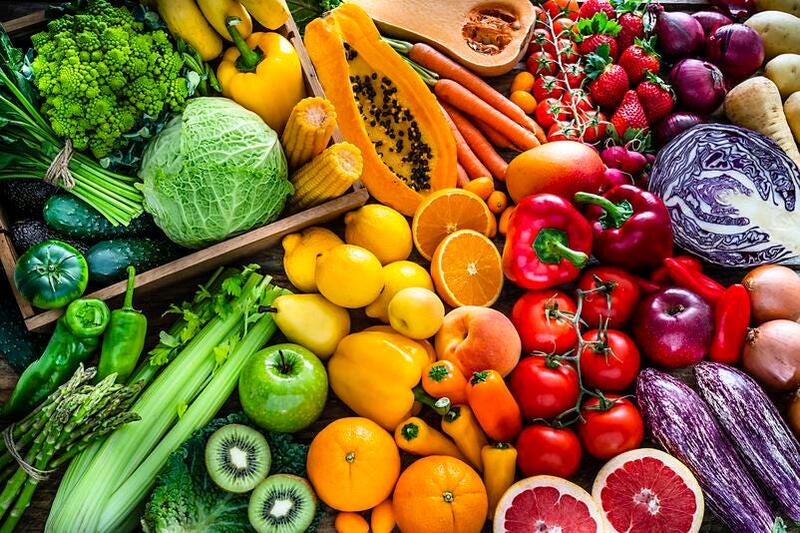Do you need to worry about pesticide residues on fruits and vegetables?

🍊 Fruits and vegetables are an important part of a healthy diet providing vitamins, minerals, antioxidants, dietary fiber and other benefits. They can also be quite delicious.
🌎 Nutrition experts agree that many Americans should eat more of these foods, but that can be challenging for those with a busy lifestyle.
🫑 Another reason that consumers hesitate to buy produce items is that they have been told that eating them can be risky because of pesticide residues.
There are several reasons why this has a negative effect on society. It represents an egregious misinterpretation of an extensive data set.
Each year the USDA and its 10 state-level partner agencies go out and collect more than ten thousand food samples from commercial channels within the US food system.
The samples are taken to the USDA’s national lab or to one of 7 state laboratories throughout the US.
There they are prepared the way they would normally be at the household level (e.g. washing and peeling), and then analyzed using very sensitive technologies that can accurately measure the amounts of more than 300 different pesticides and pesticide metabolites.
To understand the actual significance of any given detection one has to consider three details which are quite transparently available through the USDA-PDP dataset download site.
1. What chemical was detected? Individual crop protection chemicals (whether natural or synthetic) differ dramatically in terms of their toxicity profile. Very few modern pesticides are highly toxic to animals or humans.
Many work by inhibiting specific enzymes that occur in pests but are not even present in animals.
2. How much of the chemical was present? Since the time of the ancient Greeks is has been understood that “the dose makes the poison.”
Modern chemical testing methods can detect extremely small doses, that does not mean that those represent something dangerous.
3. How does the concentration compare to the crop/chemical-specific “tolerance?” Tolerances are residue thresholds established by the EPA as a conservative safety standard.
To set this threshold the EPA factors in all that is known about the toxicological profile of each chemical and how the commodity fits into normal diets with special consideration for the diets of children.
An additional safety factor is added just to be sure that the tolerance defines a level below which we can be extremely confident that there would be no significant health effects even with frequent consumption.
The U.S. Department of Agriculture’s Pesticide Data Program found that over 98% of food samples, had residues well below Environmental Protection Agency safety levels.
Eat more fruits and vegetables every day.
By Simon Maechling
#foodsharing #foodwaste #foodshare #sustainability #meat #plantbased #climatecrisis #vegan #plantbase #diet #climate #change #nature #zerowaste #agriculture #pesticides #health
